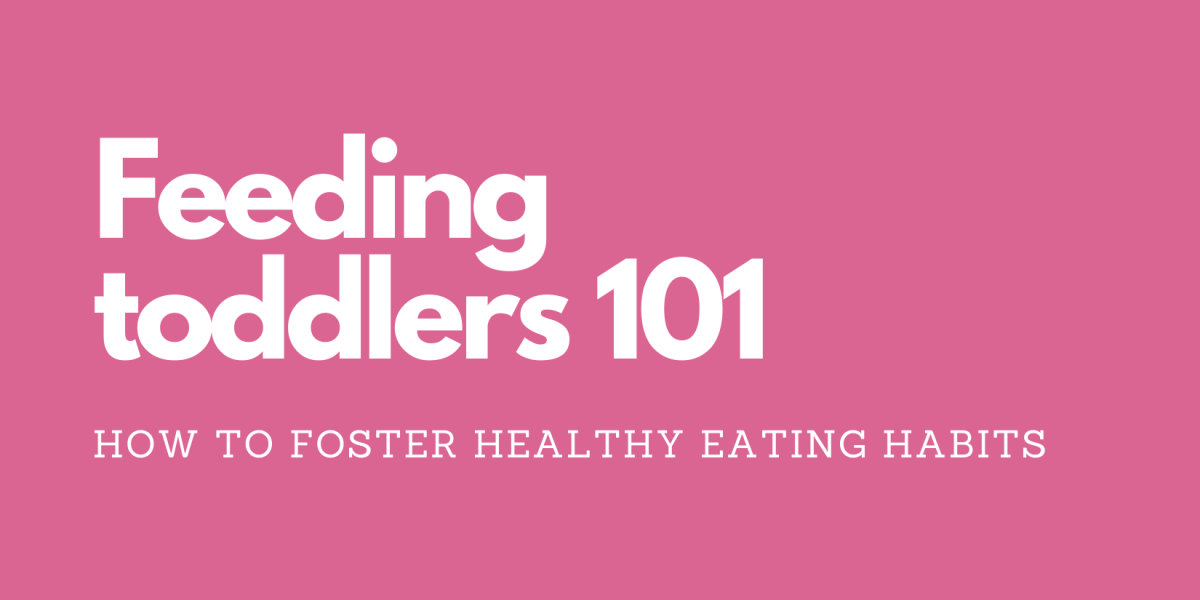Wouldn’t it be challenging if your toddler decided they only liked a few different food options and protested the rest? This doesn’t have to be (or stay) the case; parents can play a clever role in helping their kids develop a good mindset around food and prevent problem eating. Mealtime battles can be solved by the division of responsibility that takes some guesswork out of meals, and some extra tips including how to deal with treats.
Healthy eating is more than just what toddlers eat, it’s how they eat as well. Babies know instinctively how much they need. If we can learn to trust them, they can continue to eat when they’re hungry and stop when they’re full. Keep in mind that their needs can fluctuate from day to day. The division of responsibility is a concept from the Ellyn Satter Institute, that gives parents and toddlers their own chores when it comes to eating. Basically, parents decide when it’s meal or snack time, and what they are serving. The toddler gets to decide if they are going to eat and how much. Kids will develop their own preferences but will learn to eat many of the foods their parents eat.
Some ways to make this work include having new and familiar foods in the same meal and ensuring there’s at least one part that each person likes. It’s okay to keep serving previously rejected food because it can take some time, or different ways of cooking, for kids to get used to it. Let them explore new foods without pressure and consider giving them a separate tester plate too. Forcing kids to try a bite of a new food, or to eat when they’re not hungry, can backfire. When they do work up the nerve to try something new, praise their bravery. Be mindful to not reward eating with treats, as they will learn that treats are good and other foods are bad.
Treats can make feeding complicated; try waiting until your child is at least 2 years old before introducing them. Unlimited access will stop your toddler from learning to accept less appealing options like vegetables. On the other hand, forbidding treats may encourage your child to overeat them when given the chance. To strike a balance, limit treats 1-2 times per week. For chips or fries, include them at a meal and make sure there’s enough for everyone to have their fill. For sweets, limit everyone to one serving for dessert and let them have their portion even if they didn’t finish their supper. You can also offer unlimited sweets at a set snack time since it’s not competing with mealtime foods. For example, put out cake and milk for a snack and let everyone eat as much as they want. At first they may eat a lot, but if we stay neutral, the newness will go away and they won’t eat as much of it in the future.
Using tips from the division of responsibility can keep mealtimes fun and relaxed. If you are starting these ideas with an older child, keep in mind that it may take months for them to get used to this, but it will still pay off. For support with mealtime struggles, book an appointment with a Registered Dietitian by calling 229-1541×232.
Michelle Broughton, Registered Dietitian




